In a groundbreaking development, Canadian firm One Silicon Chip Photonics (OSCP) has created a highly cost-effective inertial optical system that matches the precision of navigational sensors used in the aviation industry. This technology promises to revolutionize the drone and autonomous vehicle markets by enabling accurate navigation even in the absence of GPS signals, according to Interesting Engineering.
Photonics: The Key to Miniaturization
OSCP’s innovative circuits leverage photonics technology, replacing electrons with photons and copper wiring with optical fibers. This shift overcomes the limitations of traditional electronics, allowing for faster data transmission, greater bandwidth, and enhanced miniaturization.
By integrating micro-photonics and electronic components at the chip level, OSCP’s Photonic Integrated Circuit (PIC) and Micro-Electro-Mechanical System (MEMS) technology enable the creation of high-performance motion sensors that measure an object’s acceleration and rotation with unparalleled accuracy.
“The road to full autonomy requires fundamental innovation in navigation, not more sensors and workarounds. OSCP delivers a blend of precision, reliability, and cost-effectiveness in an integrated photonic chip,” said Cornel Chiriac, Founding Partner of 2050 Capital.
Transforming the Drone and Autonomous Vehicle Markets
The commercial drone market is projected to soar to $57 billion by 2030, while the autonomous vehicle (AV) market is expected to exceed $13 trillion within the same timeframe. However, the lack of affordable and precise navigational sensors has been a significant hurdle for drone and AV manufacturers.
OSCP’s optical sensors offer a solution to this challenge, providing highly accurate navigation even in demanding or hostile environments where GPS is unavailable. The company’s technology is set to turn “dumb drones” smart, enabling them to fly blind with unprecedented precision.
Partnering for Success
OSCP has recently partnered with Thales, a multinational French firm developing autonomous rail systems, to field-test its cutting-edge technology. Thales believes that incorporating sensors like OSCP’s in rail transport can significantly enhance vehicle autonomy, potentially increasing rail capacity by up to 50% and reducing energy consumption by 15%.
Furthermore, OSCP has secured $1.2 million in seed funding from 7percent Ventures and 2050 Capitol, which aims to expand upon the technology that helps reduce greenhouse gas emissions in autonomous transport compared to conventional technologies.
“We believe that the technology that Kazem and OSCP have developed will be vital in facilitating and accelerating the rate at which autonomous systems, across transport and mobility, can realize their potential,” said Harry Morgan of 7percent Ventures.
DroneXL’s Take
OSCP’s groundbreaking navigation technology has the potential to revolutionize the Drone Industry by enabling highly accurate navigation in challenging environments where GPS signals are unavailable. This development could pave the way for increased adoption of drones in various sectors, such as delivery services, emergency response, and industrial inspections.
As the demand for autonomous drones continues to grow, the need for reliable and precise navigation systems becomes increasingly critical. OSCP’s innovative approach, combining photonics and MEMS technology, offers a promising solution that could help drones navigate complex environments with ease.
The partnership with Thales and the recent seed funding from 7percent Ventures and 2050 Capitol further underscore the potential of OSCP’s technology to transform not only the drone industry but also the broader autonomous vehicle market. As the company continues to refine and expand its offerings, it will be exciting to see how this technology shapes the future of autonomous navigation.
Photo courtesy of Interesting Engineering.
Discover more from DroneXL
Subscribe to get the latest posts to your email.

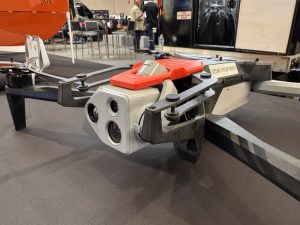
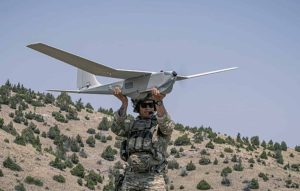
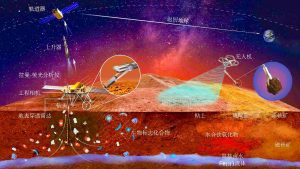

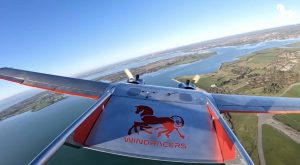
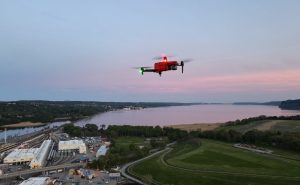
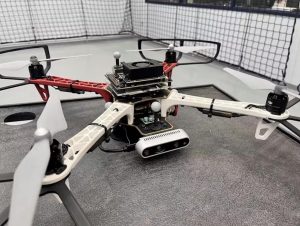

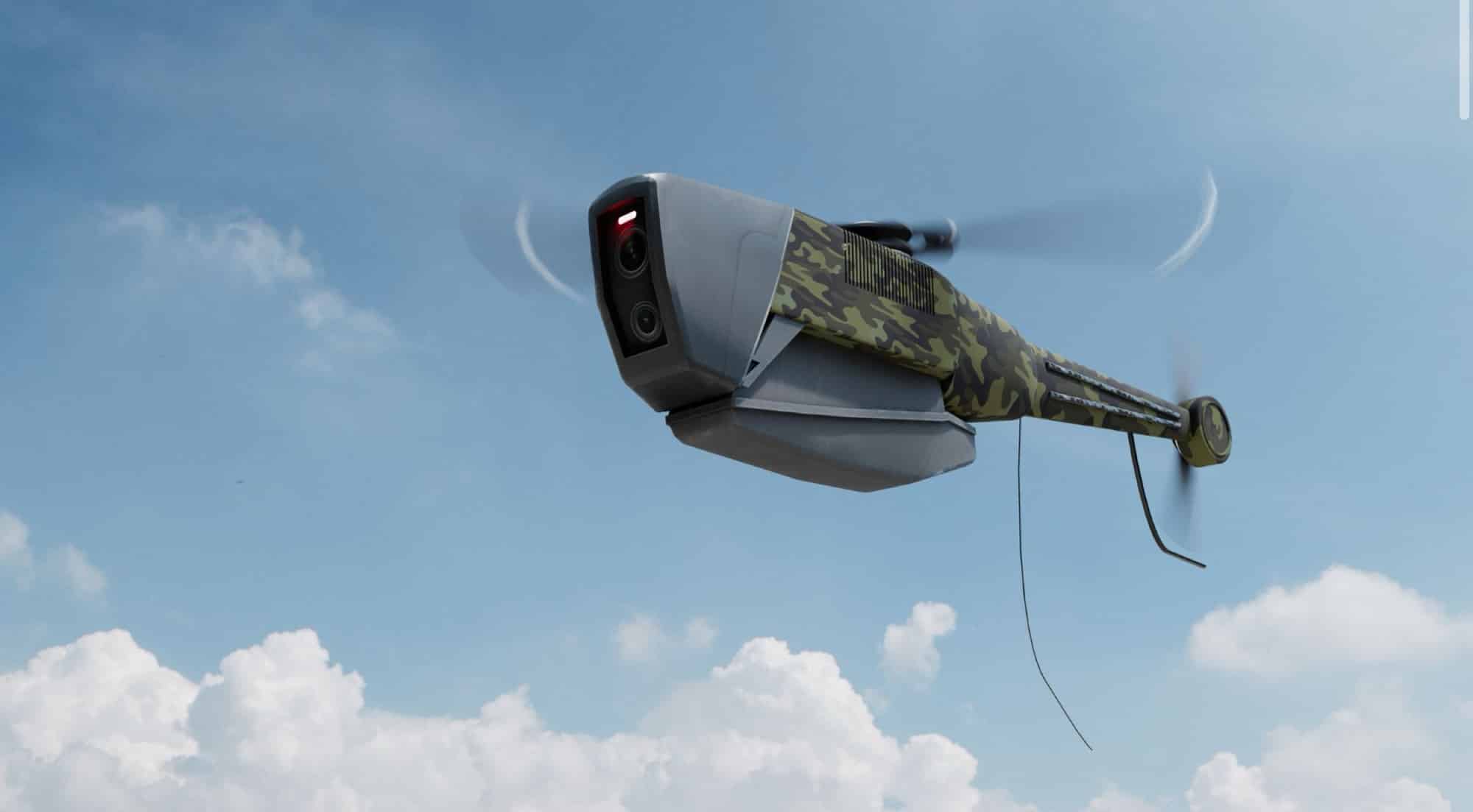

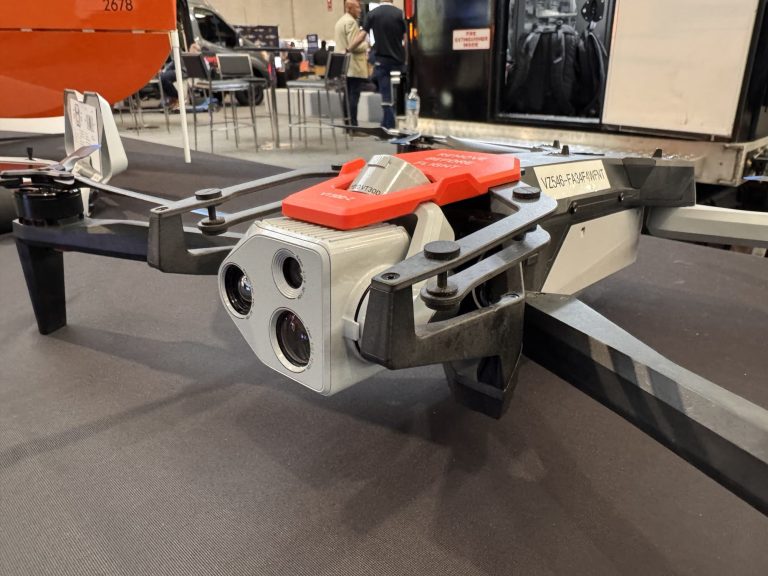
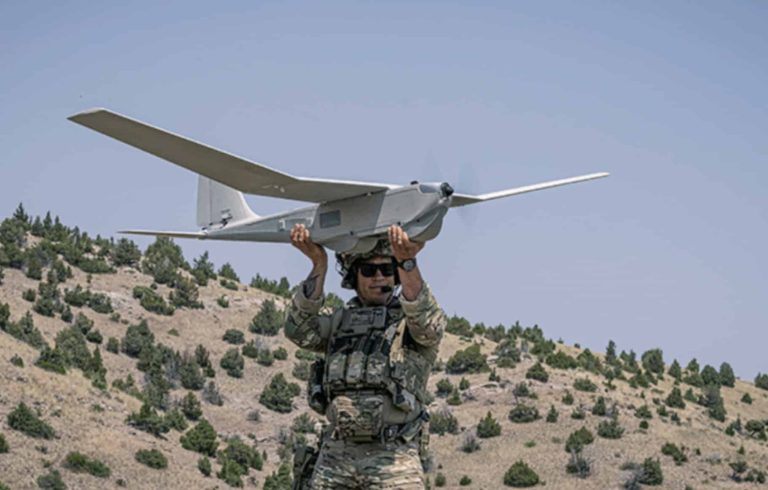


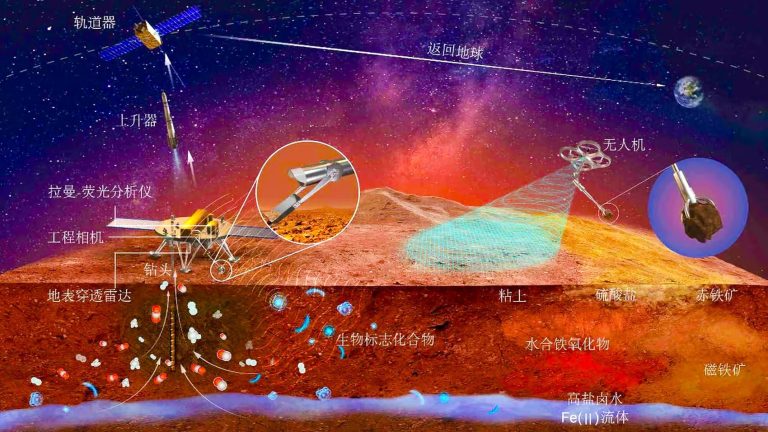

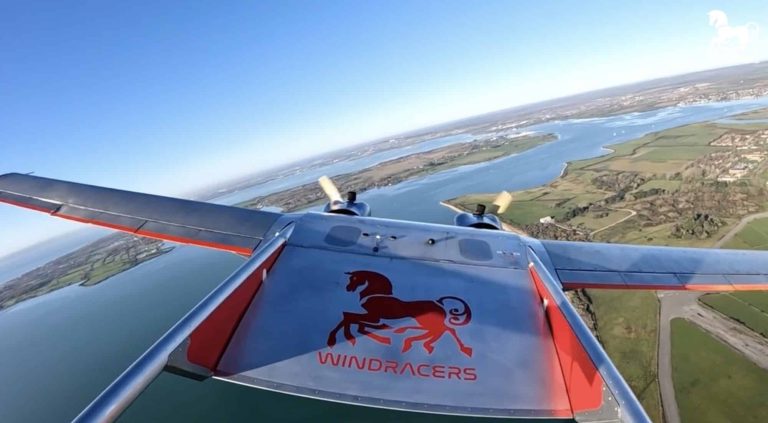

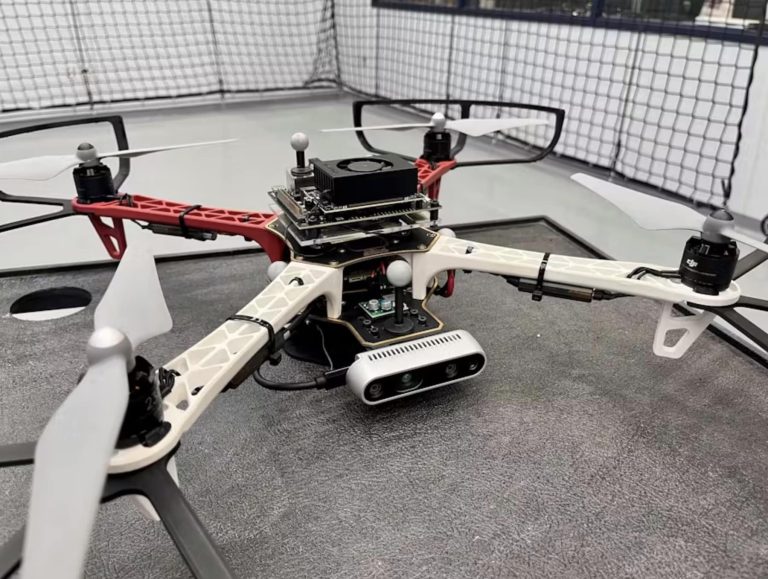
+ There are no comments
Add yours